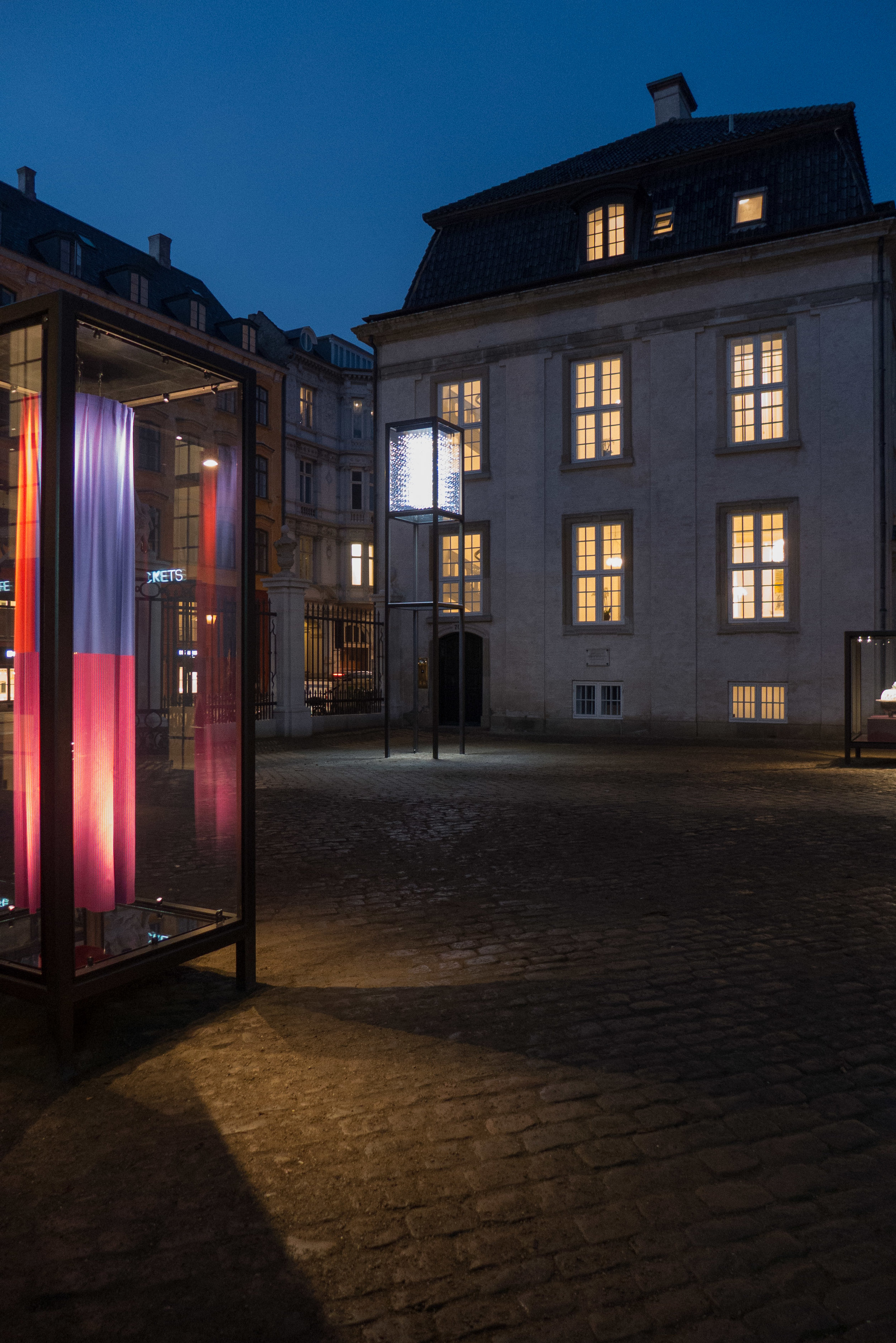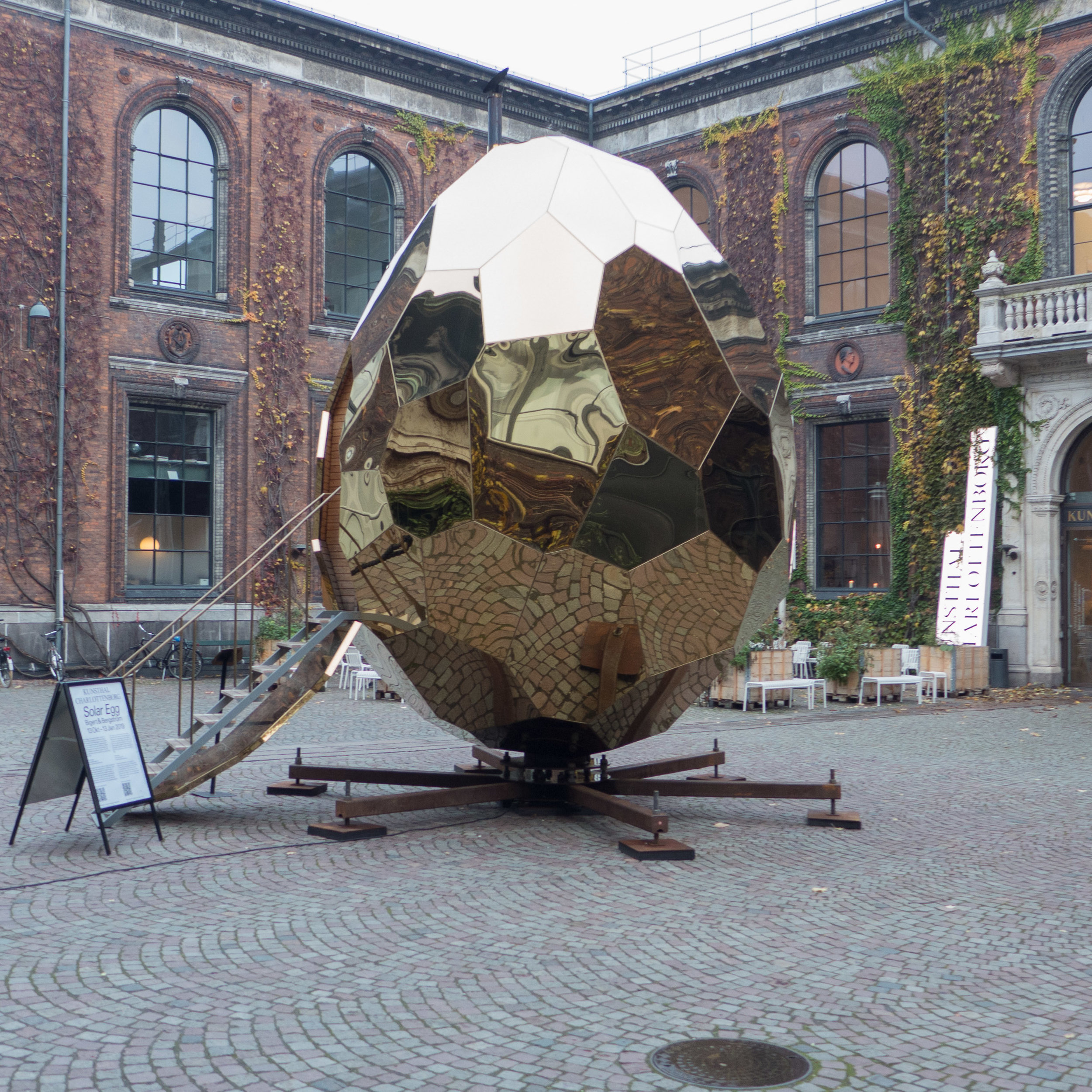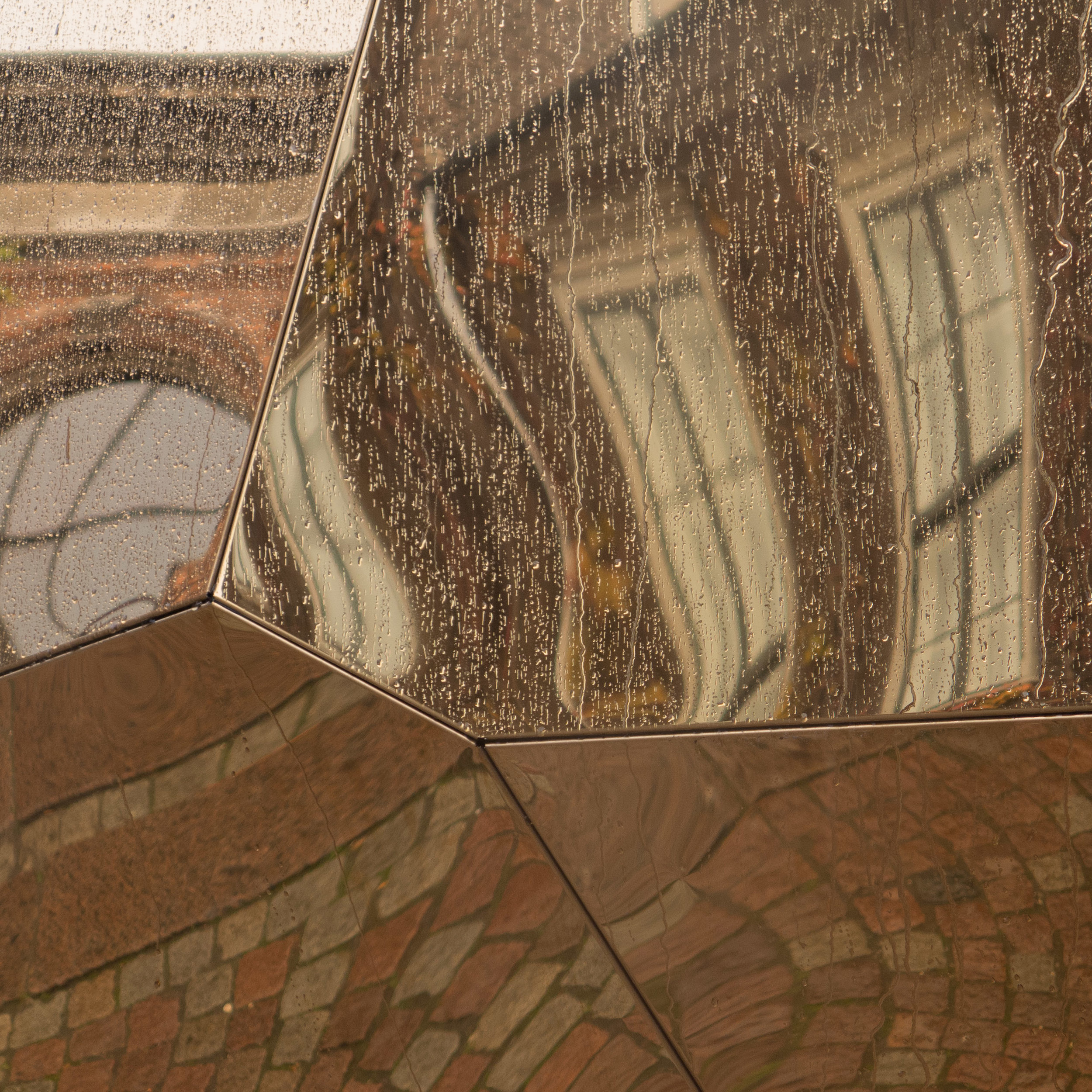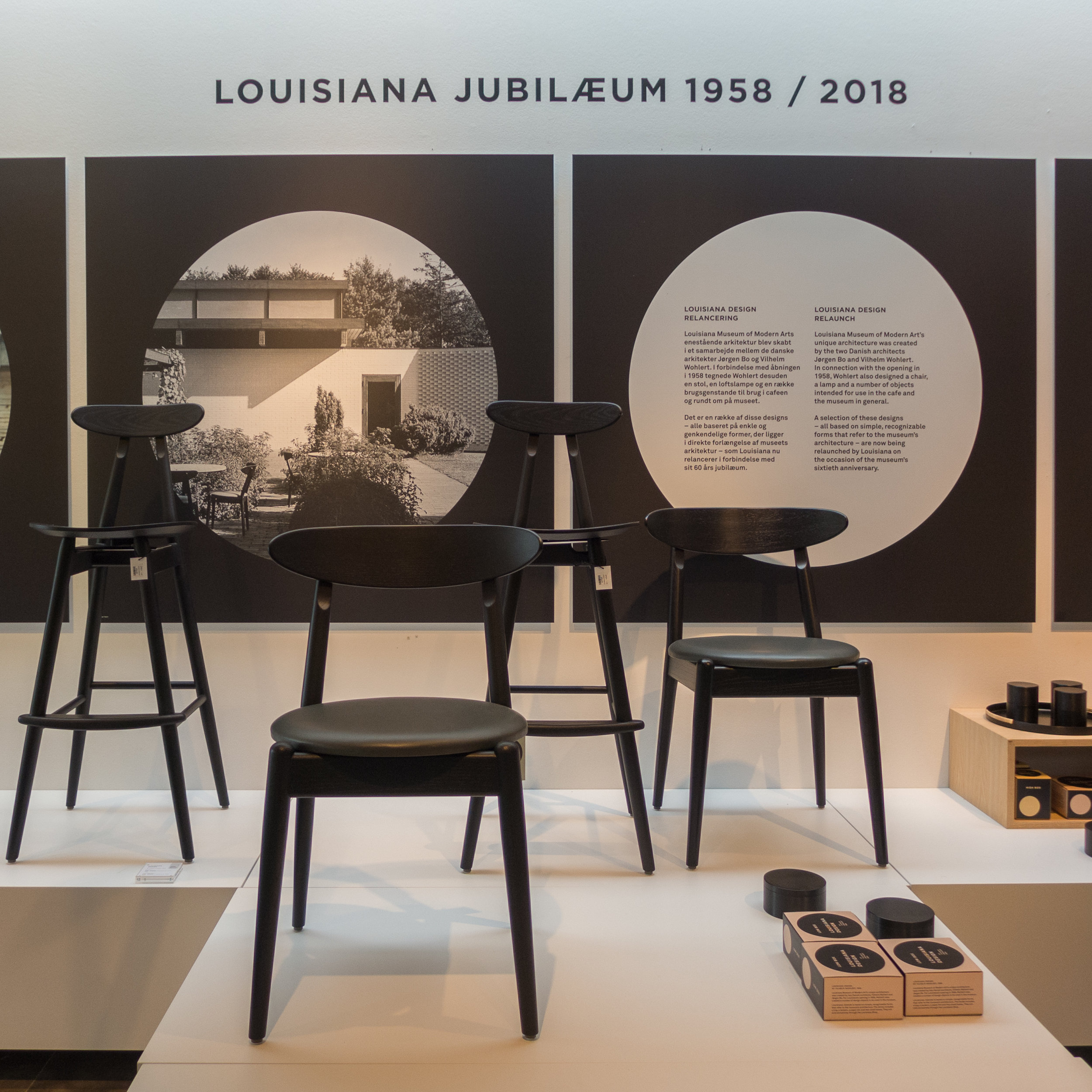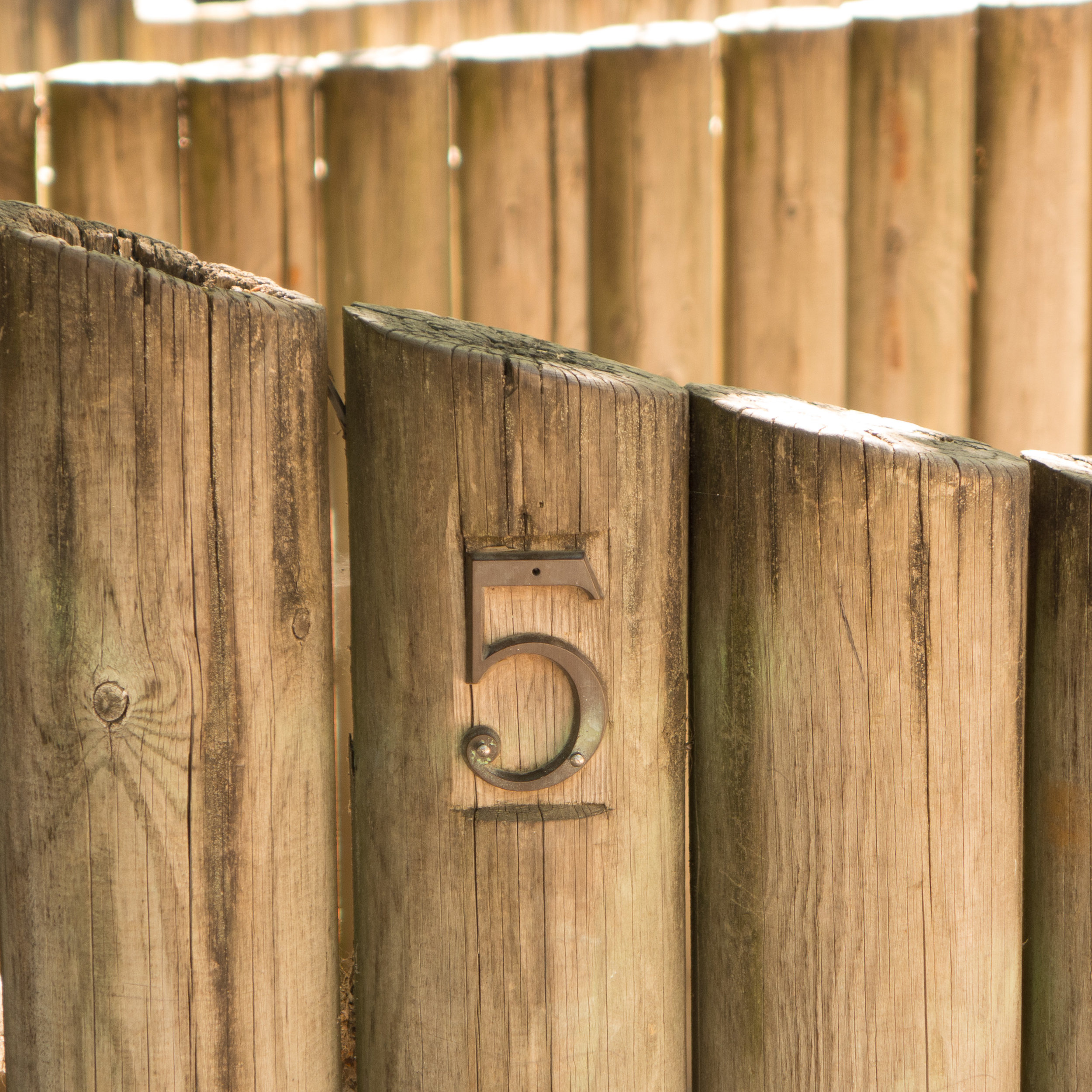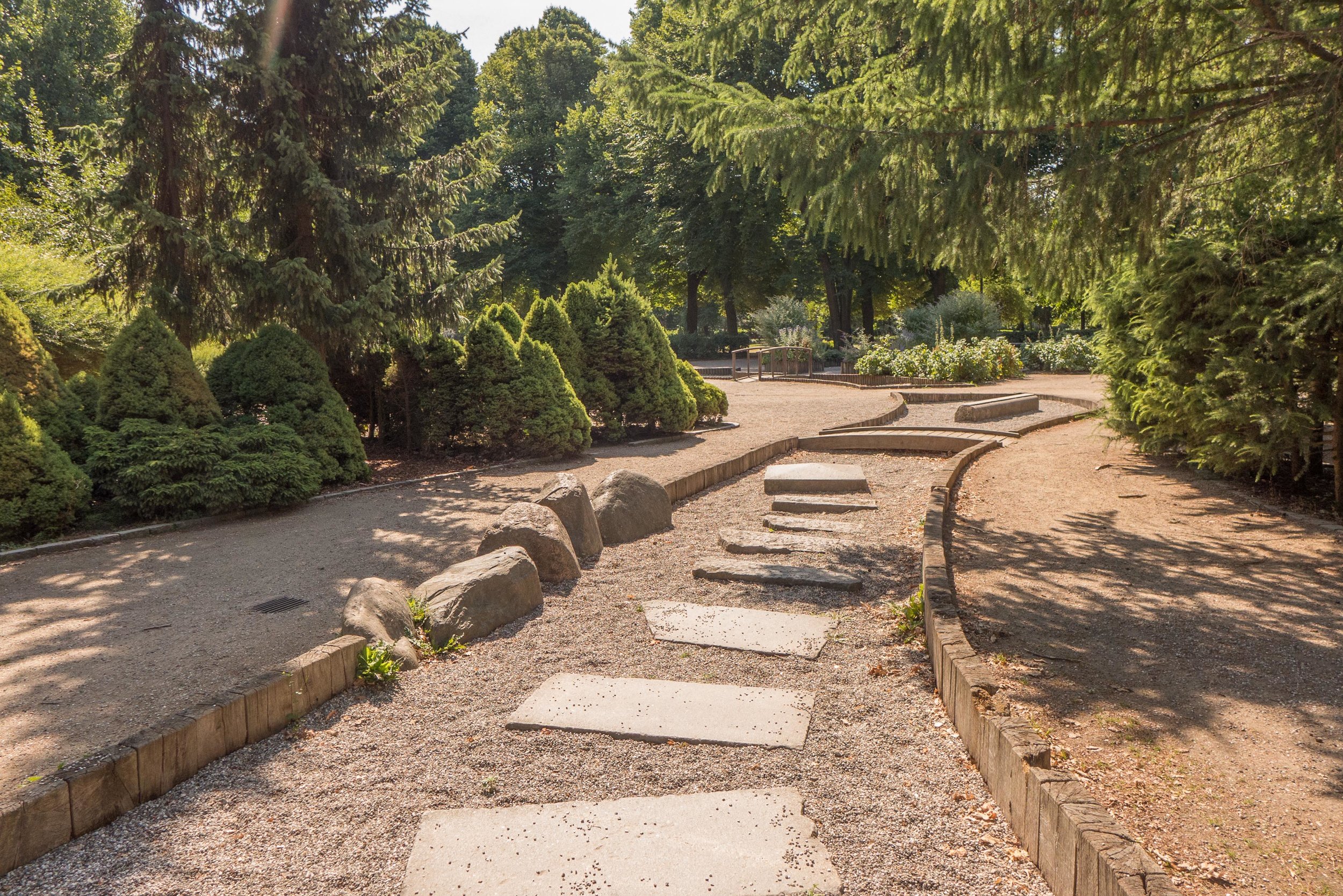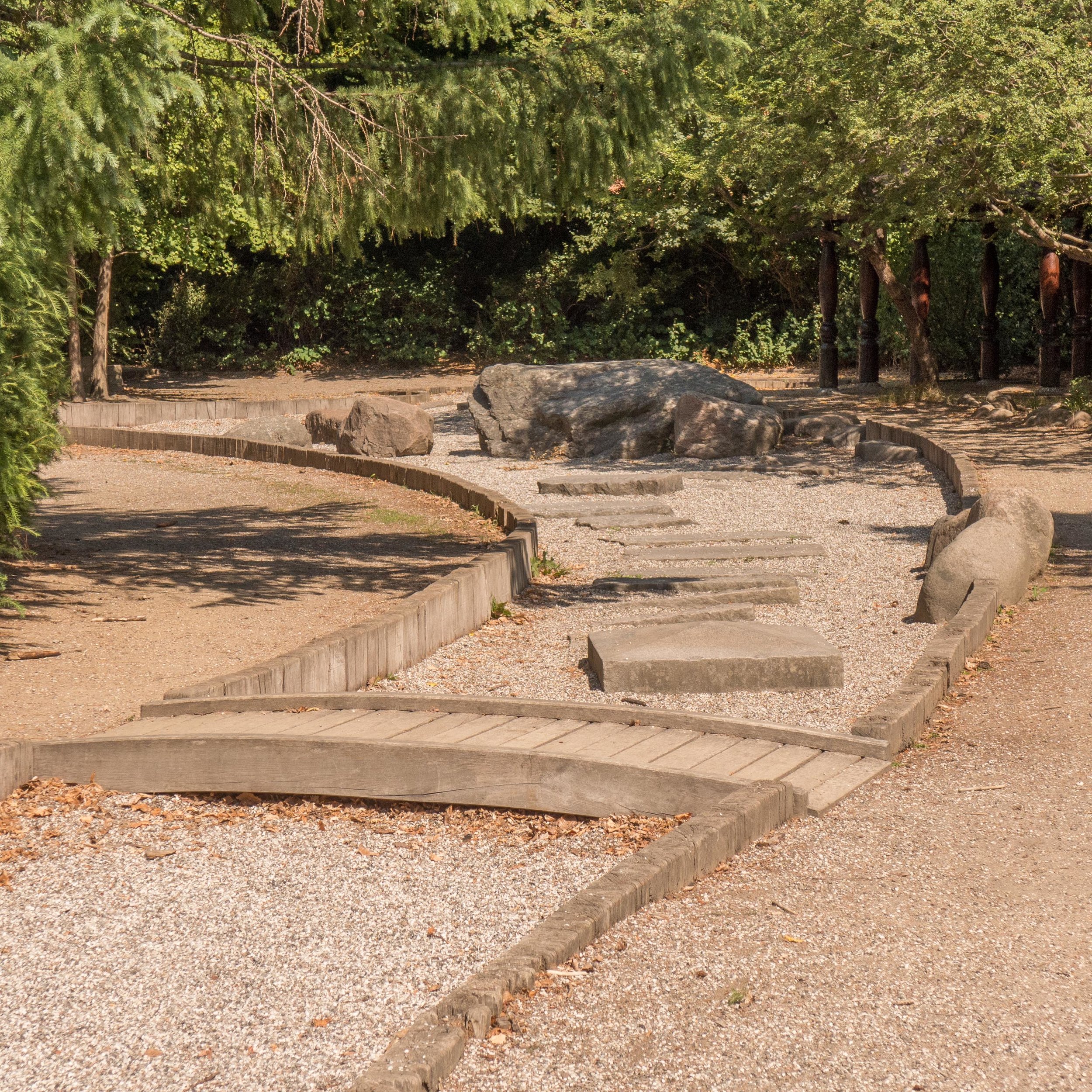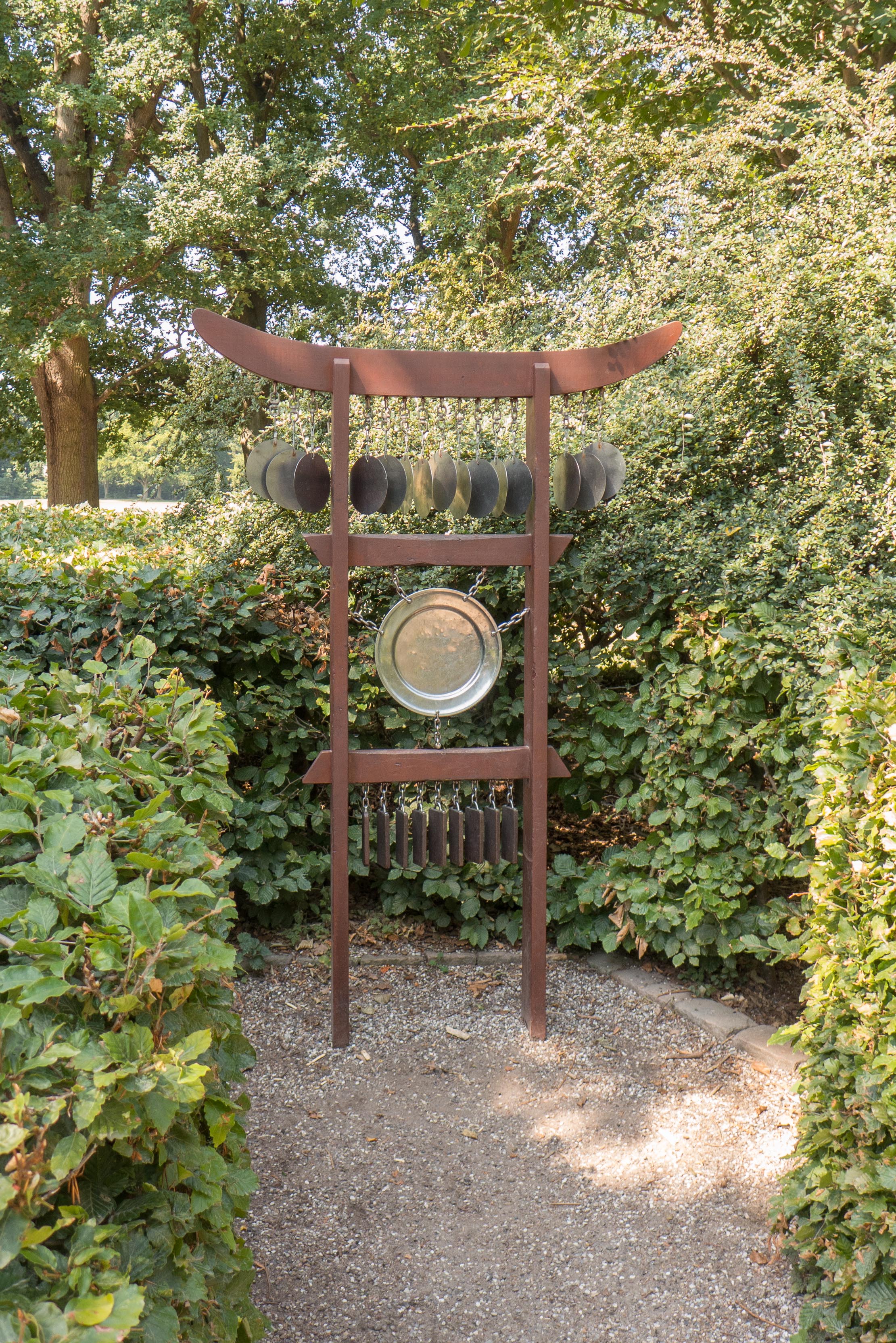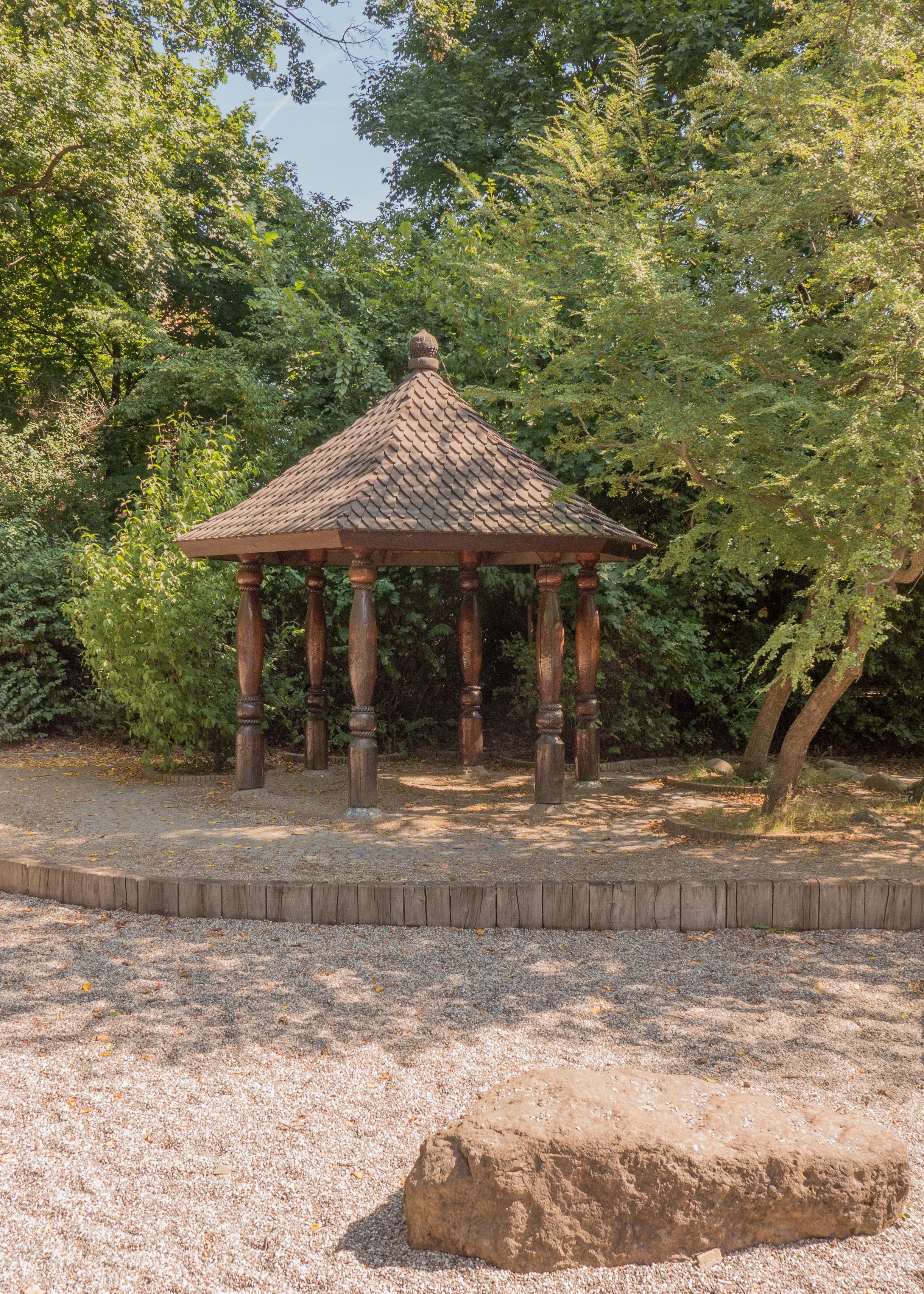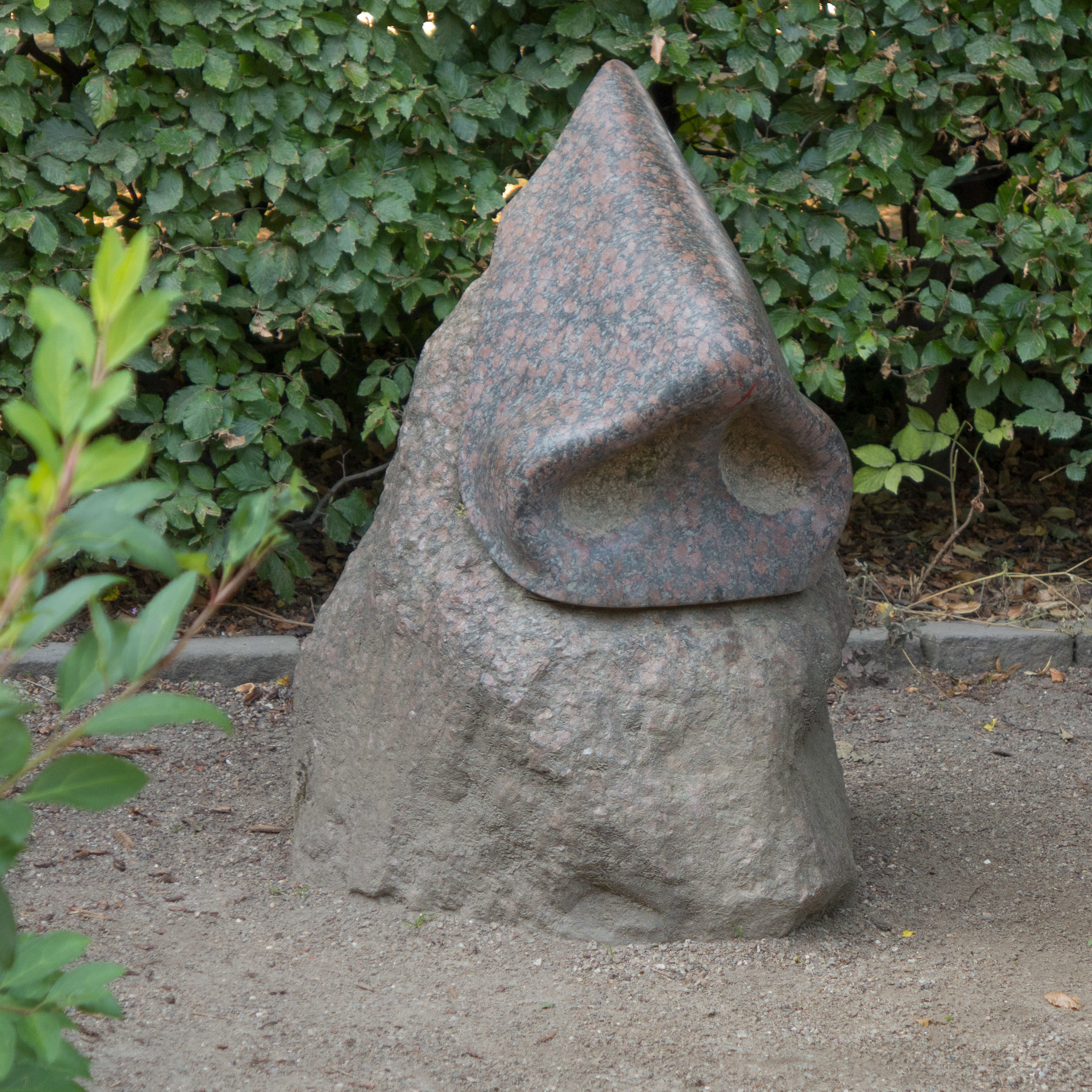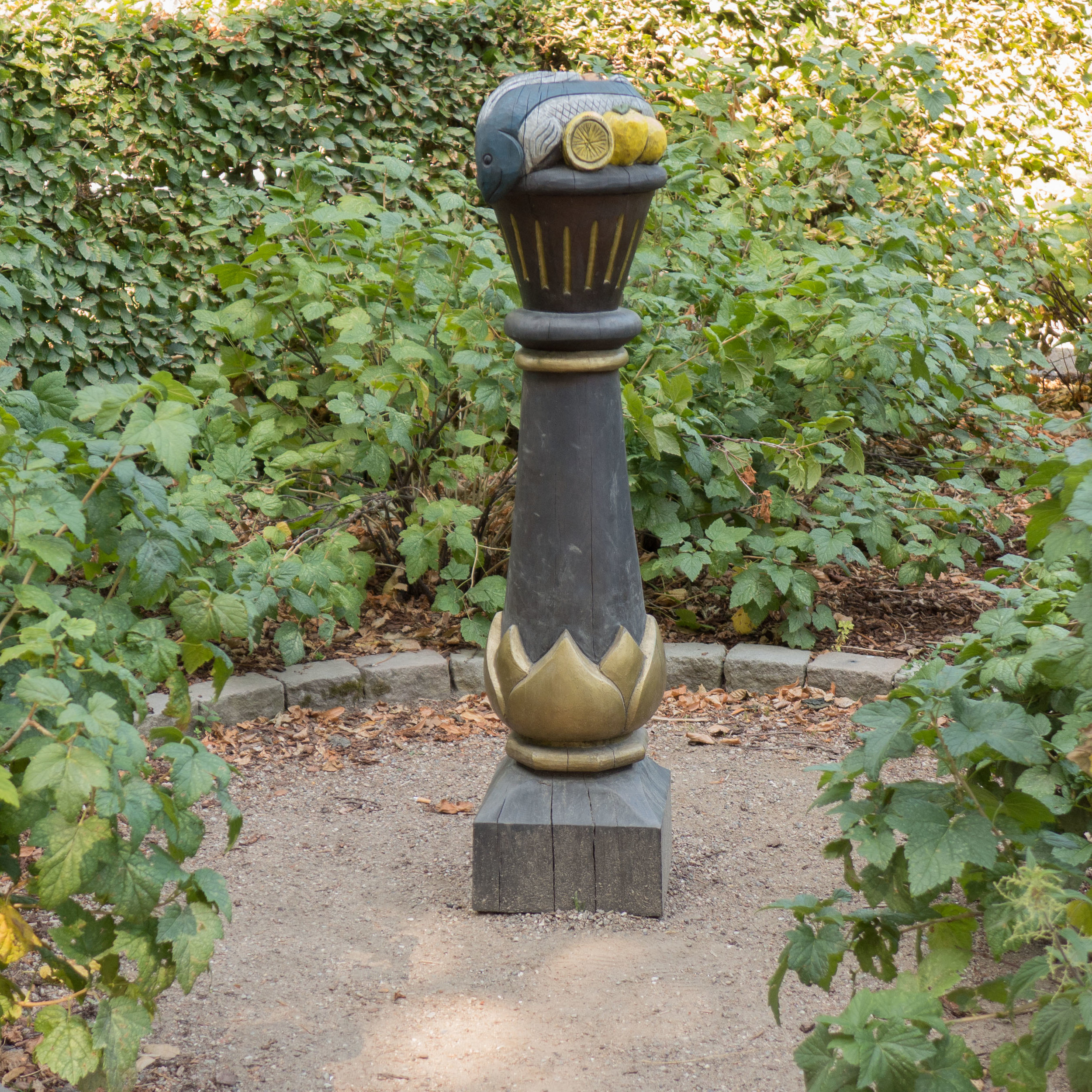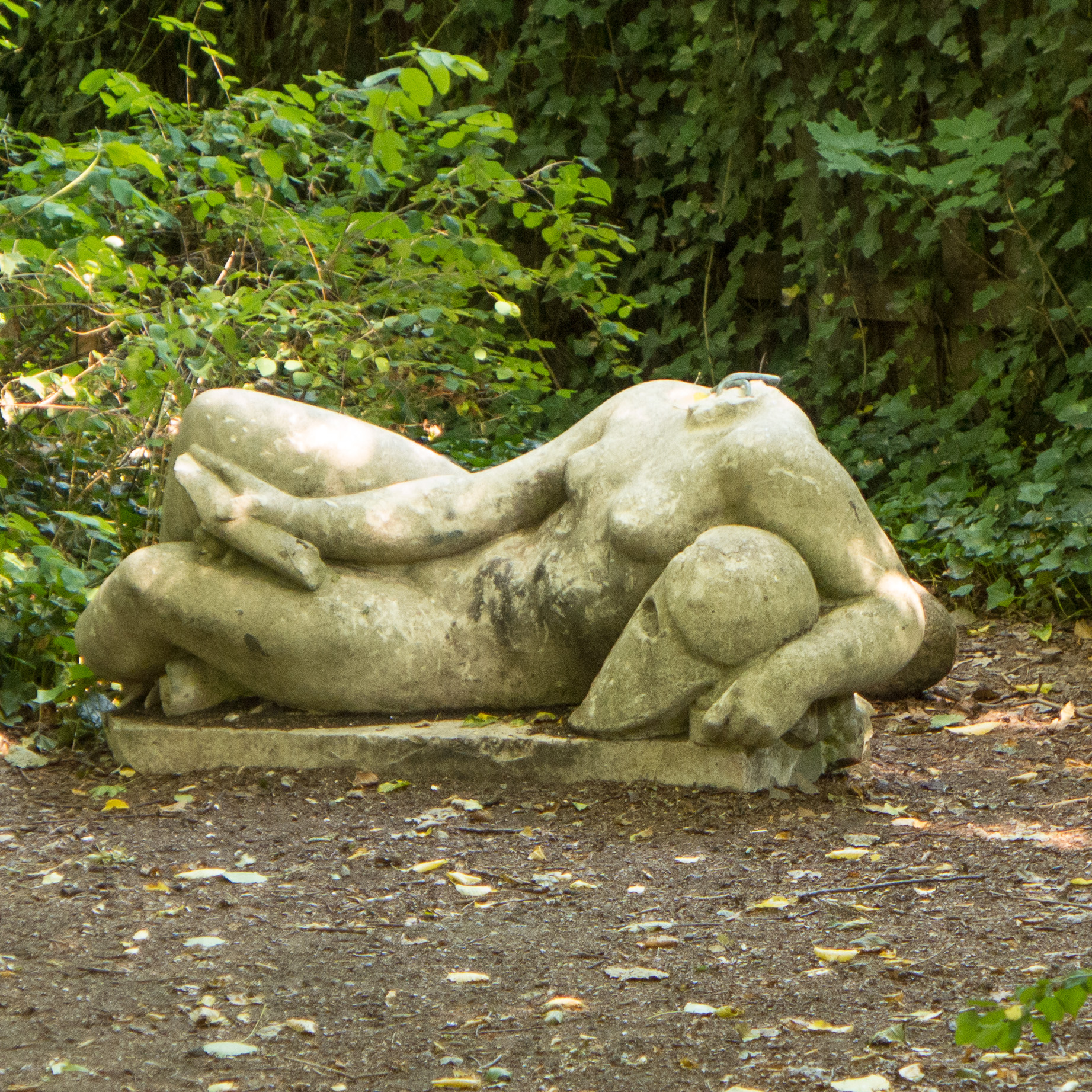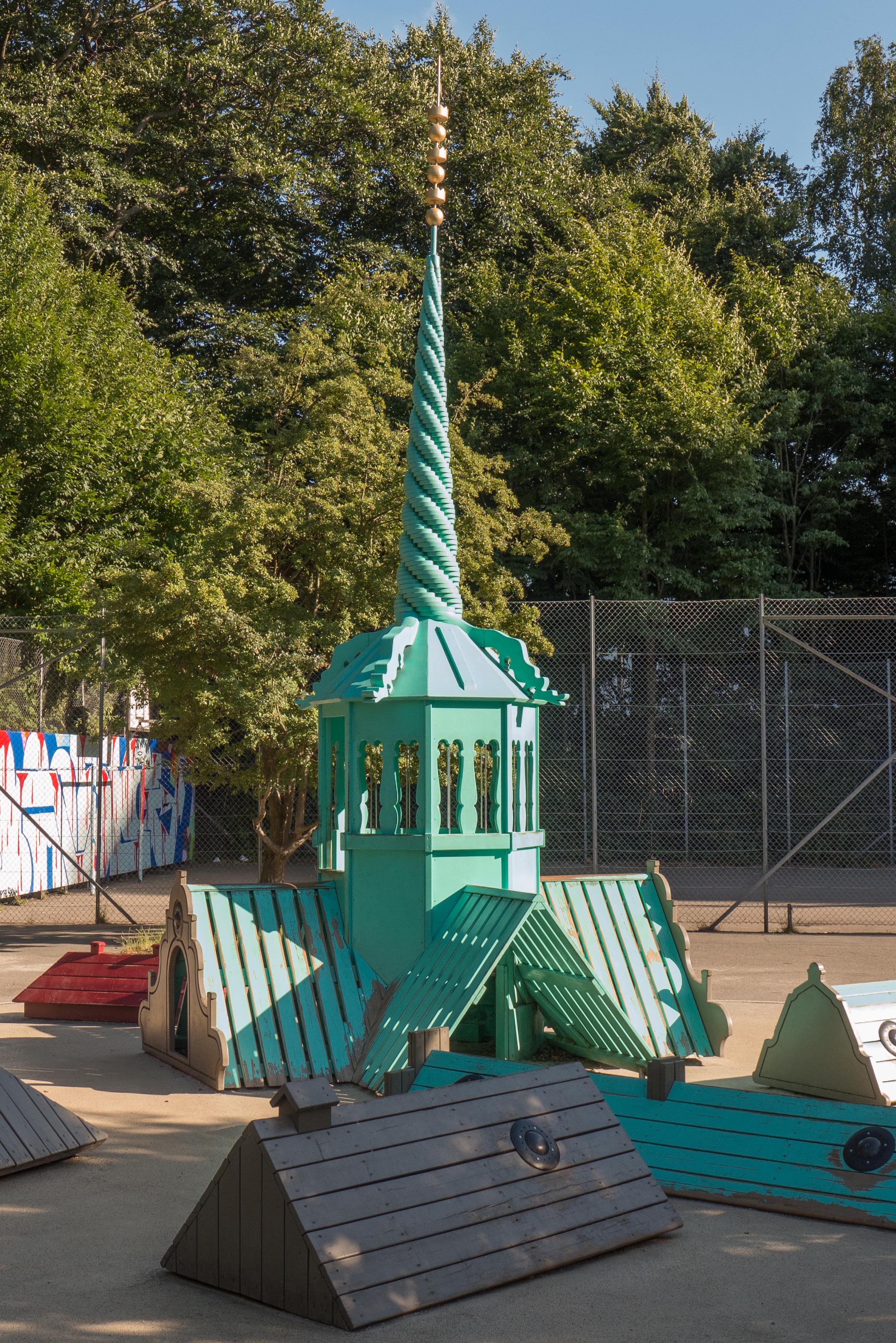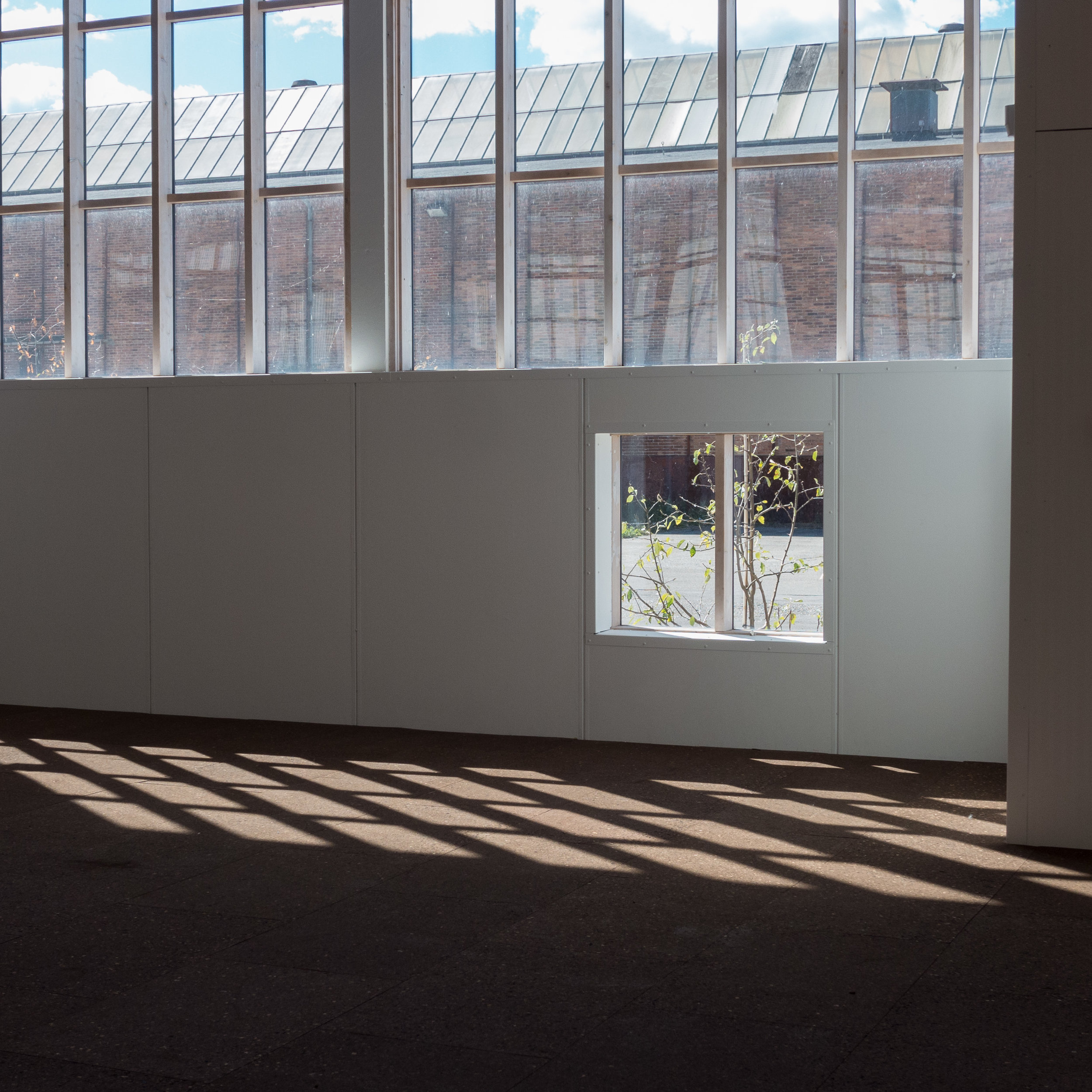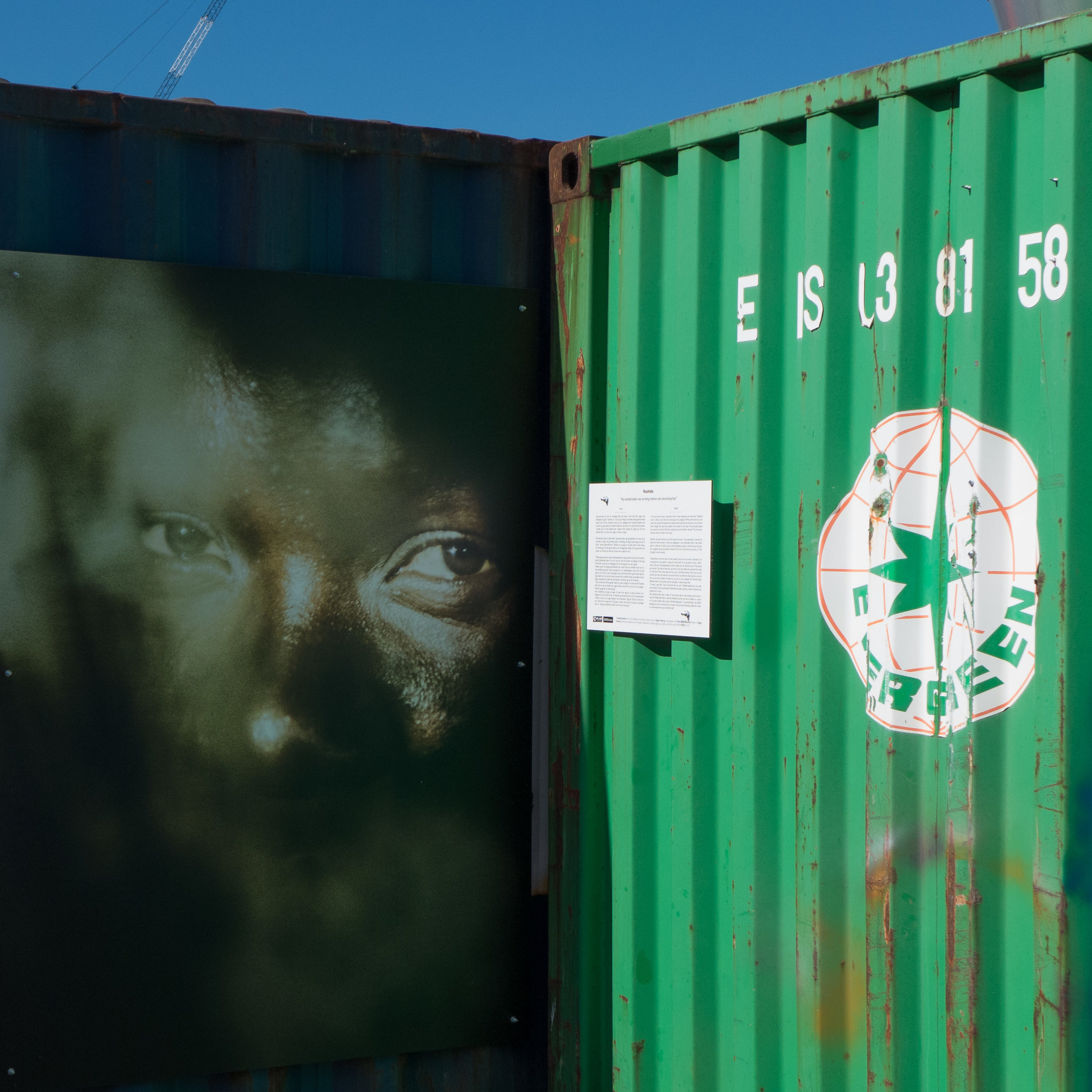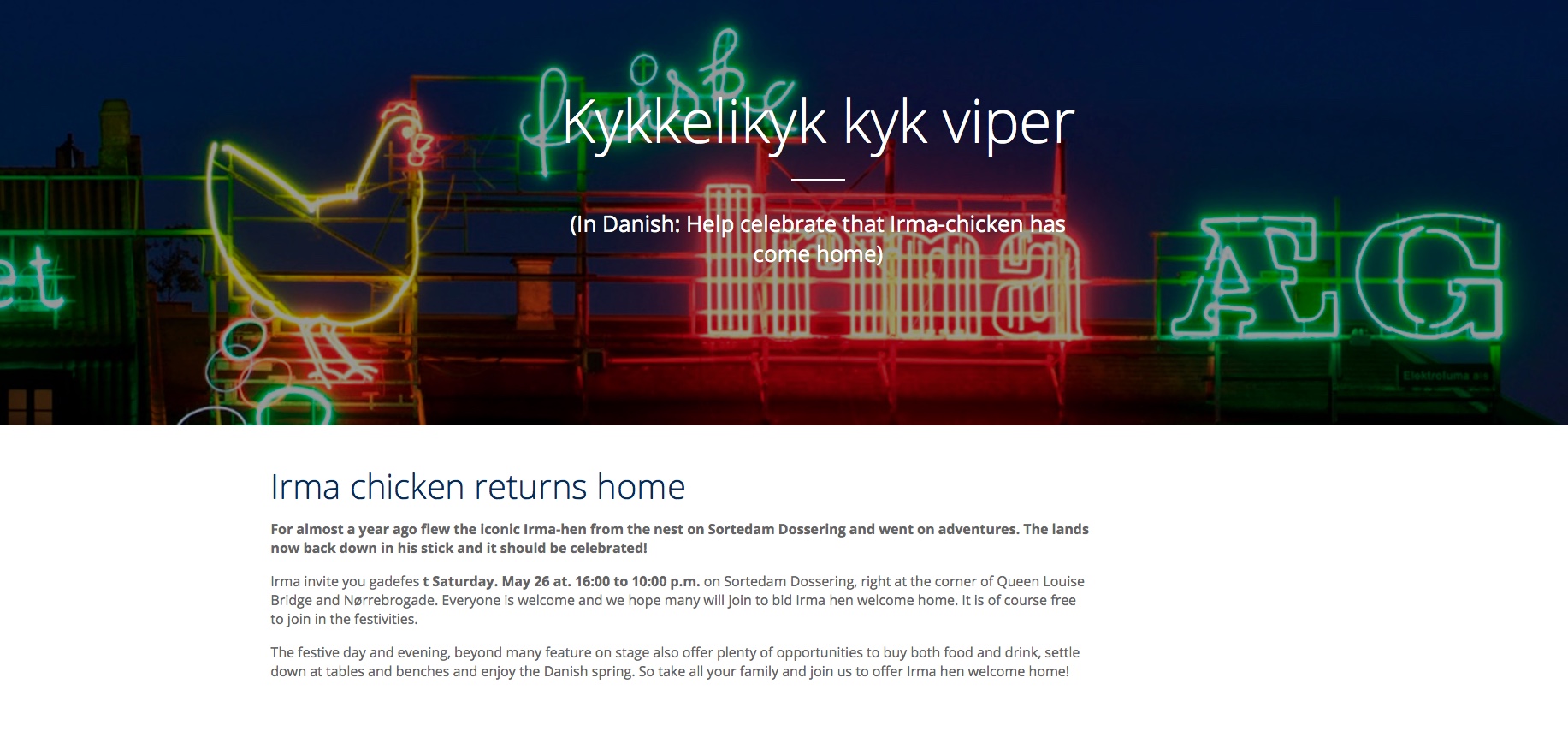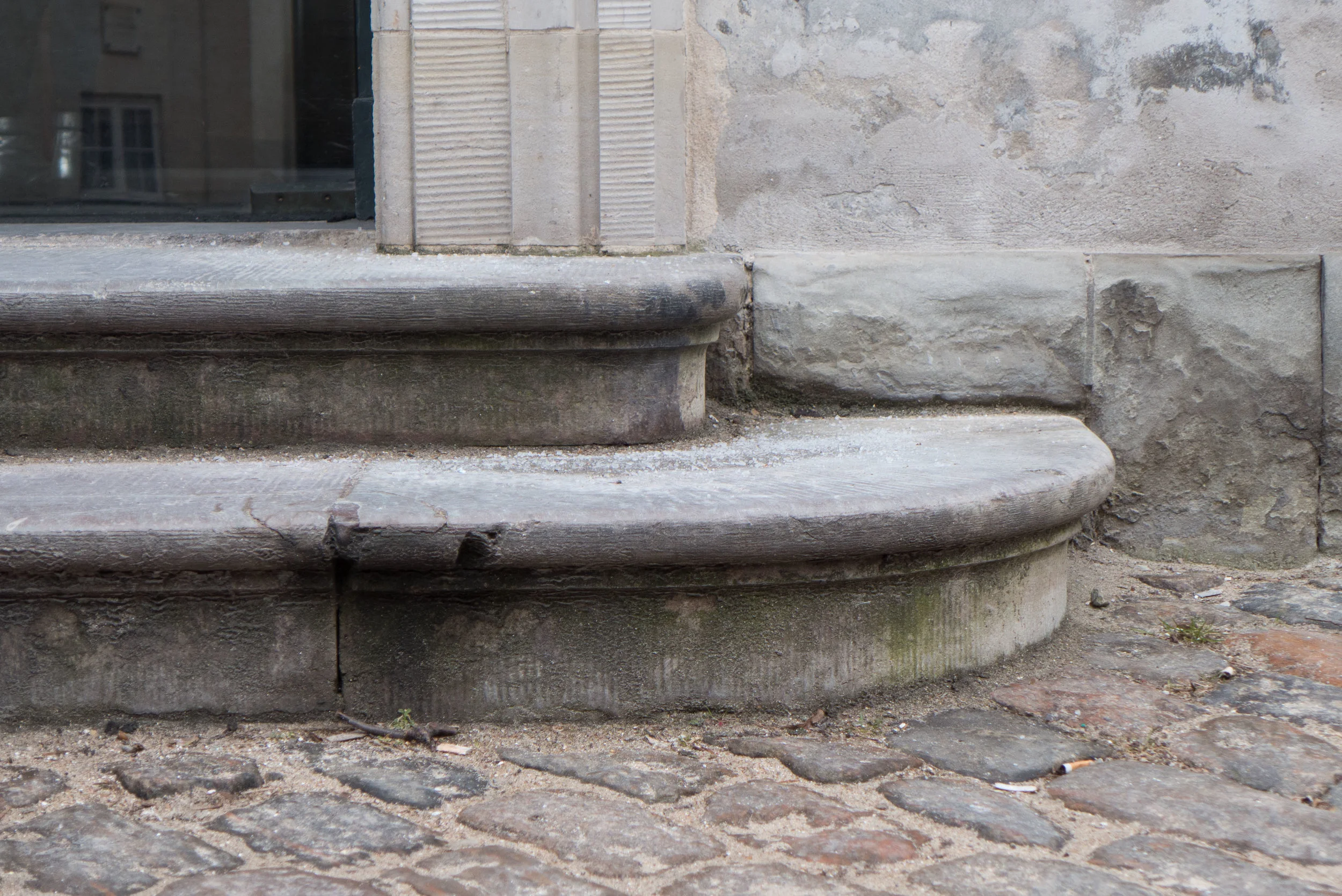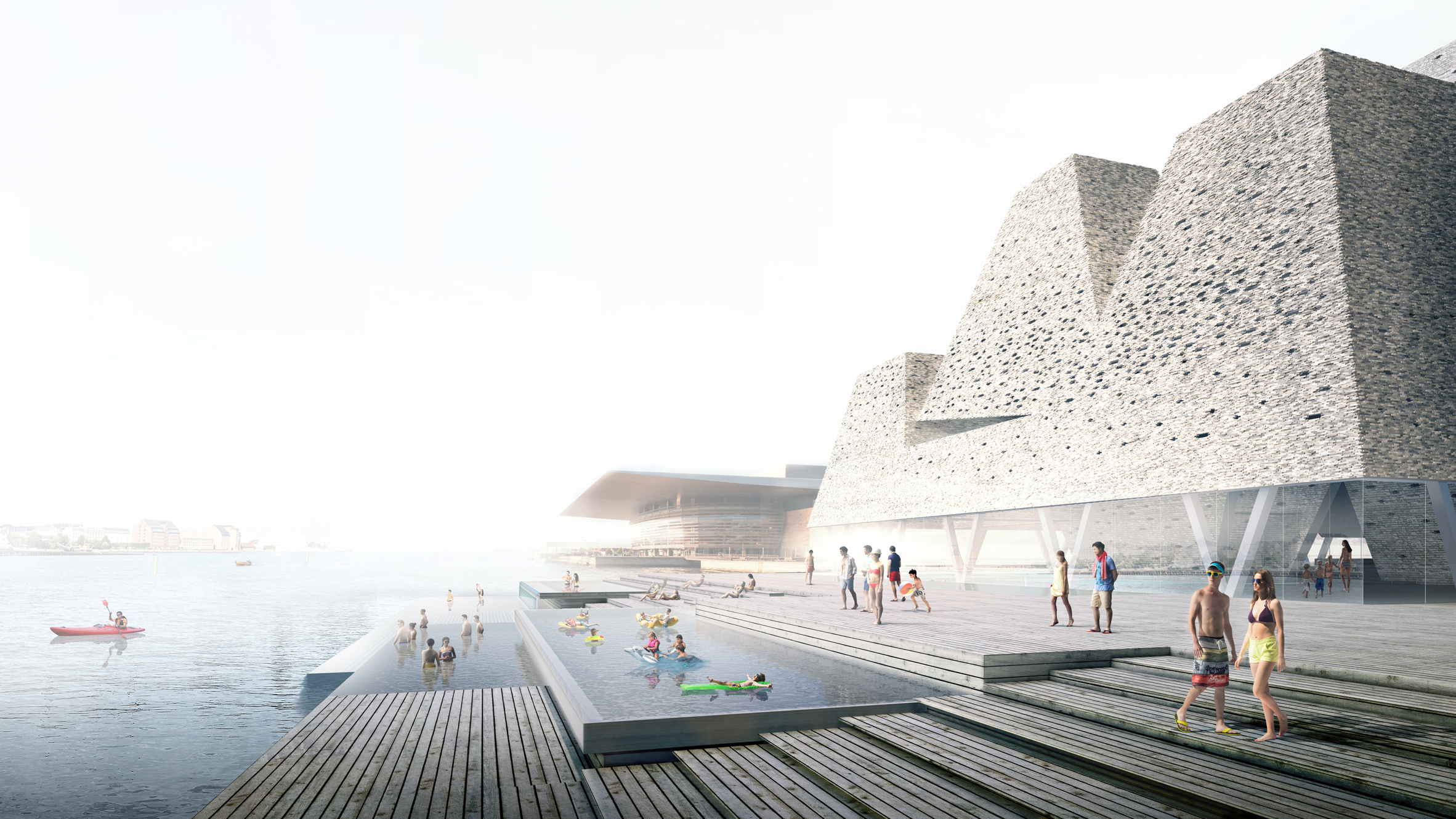Copenhagen Contemporary is an independent institution for modern art.
From June 2016 they ran a pilot project in the warehouses on Papirøen - Paper Island - in the centre of the harbour just south of the opera house - where CC took over four of the halls and were there until the end of 2017 when the buildings were returned to the developers for demolition and for work to start on new apartment buildings on the site.
Now, with funding from the city and from private organisations, Copenhagen Contemporary have reopened in a larger space - some 7,000 m2 - in what was the welding hall of the shipyard of Burmeister & Wain.
The ship yards were closed back in the 1990s and for the last two decades the area has been taken over by small workshops and boat repair yards. A yacht repair company, the restaurant Amass and La Banchina - a popular cafe and bar - established new businesses out here and this summer they have been joined by the new food market - many of the stalls also relocating from Papirøen - and there will be more artists' studios and craft workshops opening as more of the buildings are adapted.
Copenhagen Contemporary has a lease here for 10 years and they have ambitious plans to establish a new space for the display of modern art in the city and particularly for large-scale installation and performance art.
The city is gaining a major new venue on the lines of the galleries in Gateshead and the Turbine Hall at the Tate in London or the galleries at MoMA in New York and the programme here should compliment exhibitions of modern art at the established galleries in Copenhagen with Den Frie, GLStrand, the space of the Kunsthal in the former church of Sankt Nicolaj and the galleries of the Royal Academy at Charlottenborg - all in the centre of the city or close to the centre - and the gallery down the coast at Arken and, of course, Louisiana - north of the city with its amazing location on the shore of the Sound.
Work on the building for the gallery on Refshaleøen has kept many of the features from its industrial use with huge sliding doors, high exposed roof structures and high-set windows that flood the space with light and give views out to nearby workshops.
In the next phase of development, space on the upper level will be opened for CC Studio for their proposed education programme.
previous posts on danish design review
Copenhagen Contemporary
Copenhagen Contemporary
Refshalevej 173a
1432 København K





